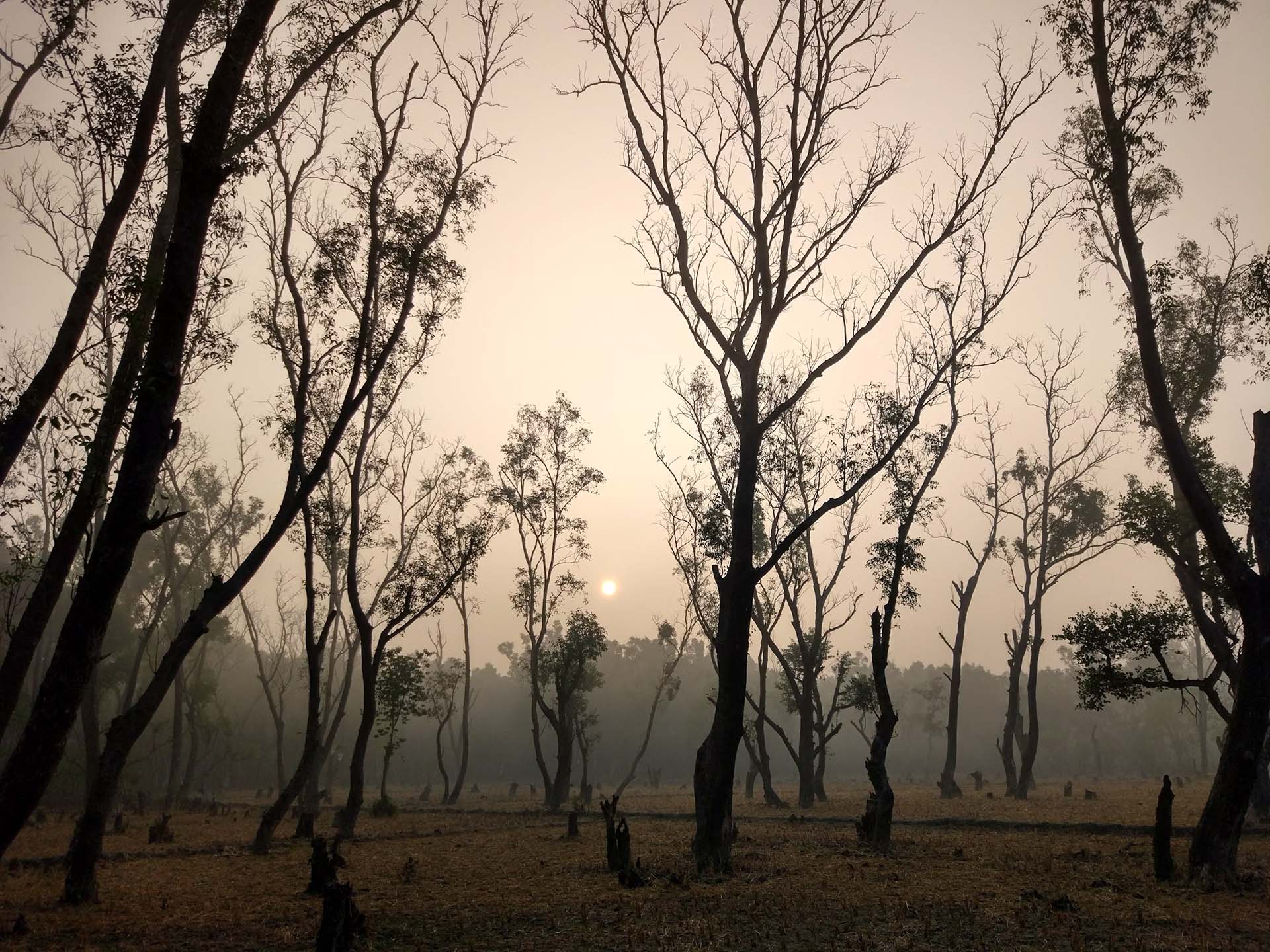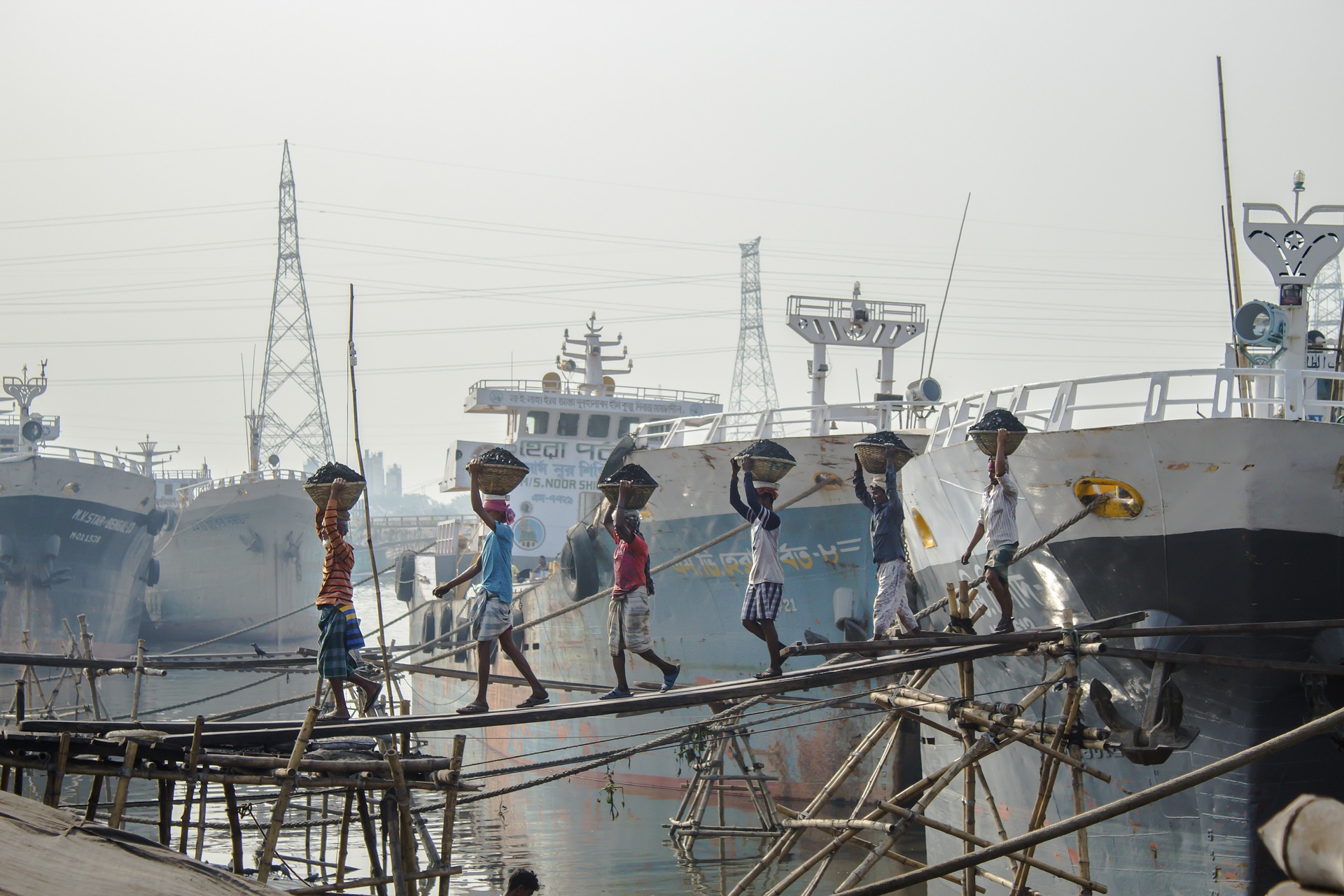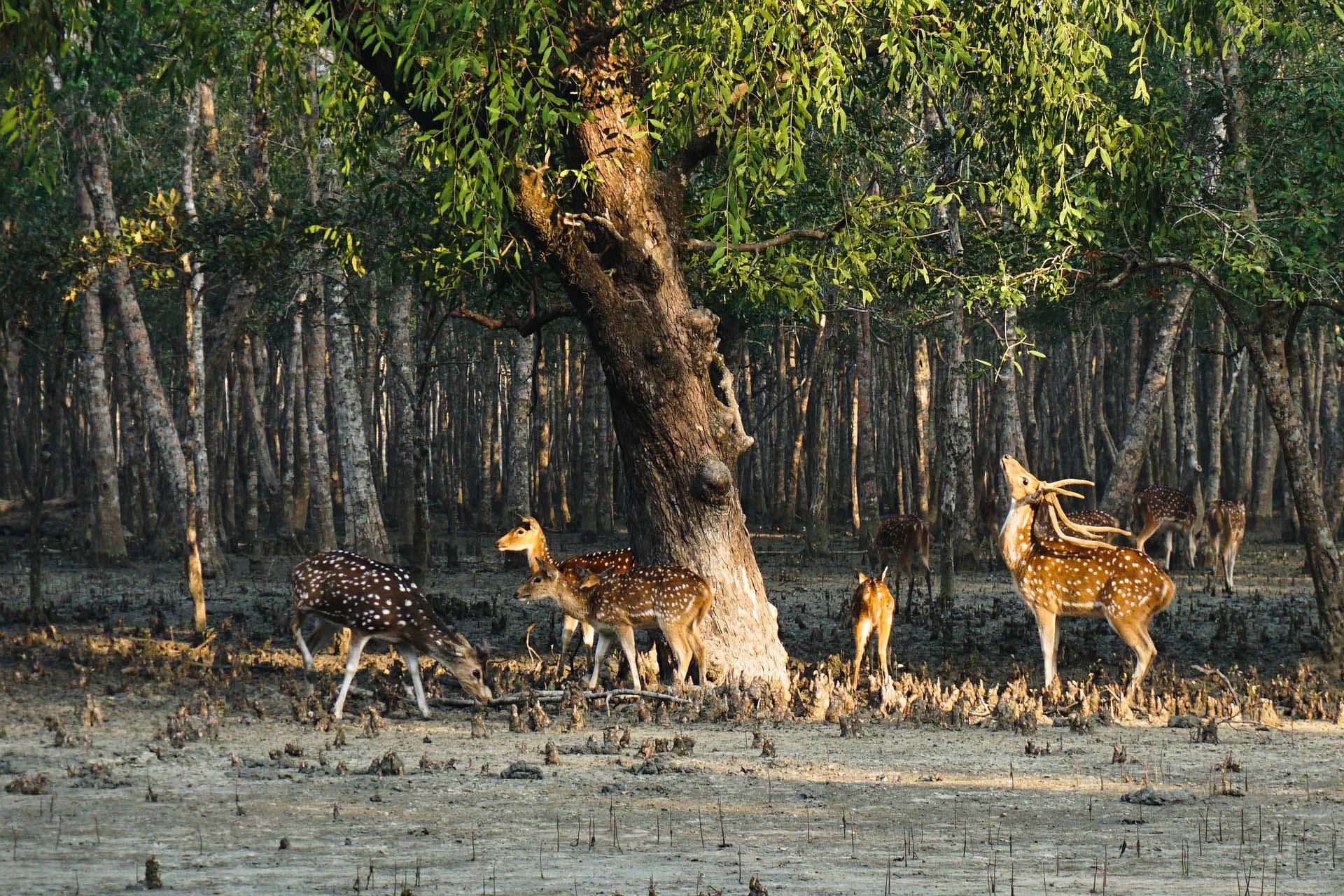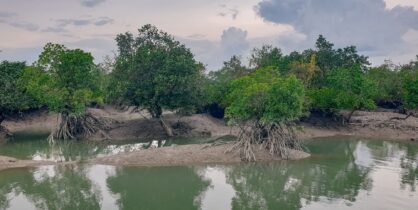A Modest Proposal for Fly Ash Disposal
The most inspiring life cycle of fly ash production, usage, transportation, and transformation for commercial use in Bangladesh.
With a large portion of Bangladesh’s population having no access to electricity, the pressure to generate power is immense. Some environmentalists argue that renewable energy such as hydropower dams or solar and wind energy could be viable solutions, while others, perhaps those with qualms about blue skies and the sound of chirping birds, rejoice in the global rise of coal demand.
In a fascinating move that only a coalition of visionary thinkers could conjure, the Bangladesh-India Friendship Power Company Limited (BIFPCL) decided to build the Maitree Super Thermal Power Project in Rampal, a colossal coal-fired power plant merely 14 kilometers away from the Sundarbans.
Although building an industrial coal-power plant so proximate to an endangered, UNESCO World Heritage site might seem irrational, BIFPCL used only logic in their decision-making.

In this current epoch in history when the world’s leading scientists, environmental activists, and aquatic species with plastic-lined stomachs beseech for sustainable climate solutions, companies like BIFPCL work tirelessly towards solutions as well. BIFPCL signed the ingenious agreement to build this plant with Bharat Heavy Electricals Limited (BHEL) on 29 February 2016.
It’s comforting to know that the delicate balance of the Sundarbans is in the hands of a company whose name resembles the headquarters of a fictional, villainous laboratory that evokes images of high-voltage machinery.
In typical coal-power plants, coal is pulverized and blown into the boiler’s combustion chamber where it immediately ignites, generating heat and producing a molten mineral residue. In obvious rationale, if coal is going to be burned anyway, then the best thing to do is collect the residue ash from coal combustion, transport it across fragile ecosystems, and repurpose said ashes into cement, bricks, and other construction products.
In typical coal-power plants, coal is pulverized and blown into the boiler’s combustion chamber where it immediately ignites, generating heat and producing a molten mineral residue.
At a time when coal power in Bangladesh is on the rise, one is left to wonder if these fly ash bricks are being used to construct more power plants. Perhaps this is what they meant by ‘circular economy.’ These versatile ashes are known as ‘fly ash,’ consisting of the non-combustible matter in coal and a small amount of carbon that remains from incomplete combustion. Coal combustion by products (CCPs) like fly ash are significant because they can be recycled and used in various industries, reducing the need for landfilling and minimizing environmental impact.
The proactive leaders of the Rampal Power Station don’t just sit around and watch their coal emit into the atmosphere; instead, they practice environmental stewardship and trade one form of pollution for another!
BIFPCL awarded a contract for the evacuation and purchase of fly ash to the illustrious RNPG Alliance, in which the fly ash will be transported through the mangrove ecosystem and used as raw material for cement factories in Bangladesh. This exciting partnership promises to be nothing short of a boon for the delicate ecosystem of the Sundarbans.
These versatile ashes are known as ‘fly ash,’ consisting of the non-combustible matter in coal and a small amount of carbon that remains from incomplete combustion.
Traditionally seen as an environmental hazard containing organic pollutants and toxic metals, fly ash disposal now consists of its relocation to cement factories in Bangladesh on open-air barges, sailing through the narrow mangrove passages. According to the Federation of Indian Export Organization (FIEO), about 97% of waterway traffic from India and Bangladesh is for fly ash transportation. Since 2017–2020, there has been a 27% increase in water route cargo traffic.

Rest assured, BIFPCL promises that the fly ash will be transported in an “environment-friendly way,” though specifics are suspiciously absent.
Persistent, Perpetual Progress or the Challenges of Fly Ash Management
In the face of adversity, BIFPCL deserves to be recognized for its tenacity. Originally planned to start in early 2014 and finish by 2017, the project faced delays due to the pesky concerns of environmentalists. Norway’s Government Pension Fund Global, set to invest a hefty 4.3 million Bangladeshi taka ($55 million), pulled out after their Council on Ethics recognized the threat to the Sundarbans. But BIFPCL did not give up! They persisted, proving that no fragile ecosystem or ethical council could stand in the way of profit progress.
Before we continue, let’s address the (endangered) elephant in the room. Sure, the Environmental Protection Agency (EPA) may have found that significant exposure to fly ash and other components of coal ash increases a person’s risk of developing cancer and other respiratory diseases. Heck, even the classification of coal ash as hazardous waste has been a contentious issue, with significant implications for regulatory practices and environmental safety.

Do extensive dredging and water-flow alterations allowing the large coal-bearing vessels to navigate to and from Rampal cause erosion and damage to the surrounding ecosystems? Perhaps. And yeah, maybe the toxins in fly ash contaminate water and groundwater with deadly pollutants and poisons like arsenic and radiation, threatening aquatic diversity and the livelihoods of fishermen.
But before we get carried away, it should be noted that it is not every day that fly ash open-container barges catastrophically capsize into the mangrove ecosystem. They only capsize in the Sundarbans waterways on average 7-10 times a year! Furthermore, with cyclones intensifying due to climate change, blaming these transportation failures on unpredictable weather phenomena is unfair. These events are simply beyond our control.
Maybe the toxins in fly ash contaminate water and groundwater with deadly pollutants and poisons like arsenic and radiation, threatening aquatic diversity and the livelihoods of fishermen.
Sheikh Rokon, the secretary general of Riverine People, a Dhaka-based NGO, acknowledges that there seems to be “no clean-up or recovery effort” and “the vessels are abandoned because rescue operations cost more than the vessel itself.” In other words, we should commend those in the fly ash disposal business for their financial savviness and cost-cutting abilities.
Through persistent efforts and a commitment to local cement production, BIFPCL and its partners are leading us into a new era where the boundaries between nature and industry are beautifully blurred.
Transporting fly ash through the Sundarbans is a testament to human ingenuity. It’s a bold statement that nothing, not even the world’s largest mangrove forest or the endangered Bengal tiger, can stand in the way of progress.
Facts about Fly Ash usage in Sundarbans
- Up to March in 2019-20 fiscal year, Bangladeshi and Indian vessels made 2,645 trips through the route. The number was 428 in 2001-02 fiscal year, BIWTA data show. Source: Is fly ash more valuable than the Sundarbans? | The Business Standard (tbsnews.net)
- Nearly all of the boats carrying fly ash through the Sundarbans were Bangladeshi, and they are poorly made, maintained, and very environmentally unsustainable. When they capsize, it costs more to recover the vessel than to leave it. Source: Is fly ash more valuable than the Sundarbans? | The Business Standard (tbsnews.net)
- India’s National Green Tribunal in 2016 set up a committee that assessed the environmental impacts of fly ash pollution on Ennore creek and areas surrounding North Chennai Thermal Power Station. The study found presence of heavy metals like lead, mercury and copper at levels above the safe limit in samples of fish, crab, prawn, oyster and mussels. It also said that fly ash deposition also caused habitat loss, including reduction of mangroves. Source: https://www.tbsnews.net/feature/panorama/fly-ash-more-valuable-sundarbans-108295
- Barges going to the neighbouring Bangladesh through the vulnerable Sundarbans islands are triggering erosion in the riverbanks, claimed West Bengal Disaster Management Minister Javed Khan. Source: Barges carrying fly ash from India to Bangladesh eroding Sundarbans: Bengal minister (downtoearth.org.in)
Author’s Note
The title of this article reflects that of Jonathan Swift’s essay “A Modest Proposal” in which he urges the poor in Ireland to address their economic problems by selling their babies as food to the elite. This outlandish recommendation emphasizes the farcical conditions that the Irish poor in the 18th century faced.
Similarly, this article intends to draw attention to the preposterous decision of constructing a coal power plant in close proximity to the fragile Sundarbans ecosystem. This article is satirical and highlights the severe environmental and socio-economic consequences of fly ash disposal practices and calls for urgent action and sustainable solutions.
—

